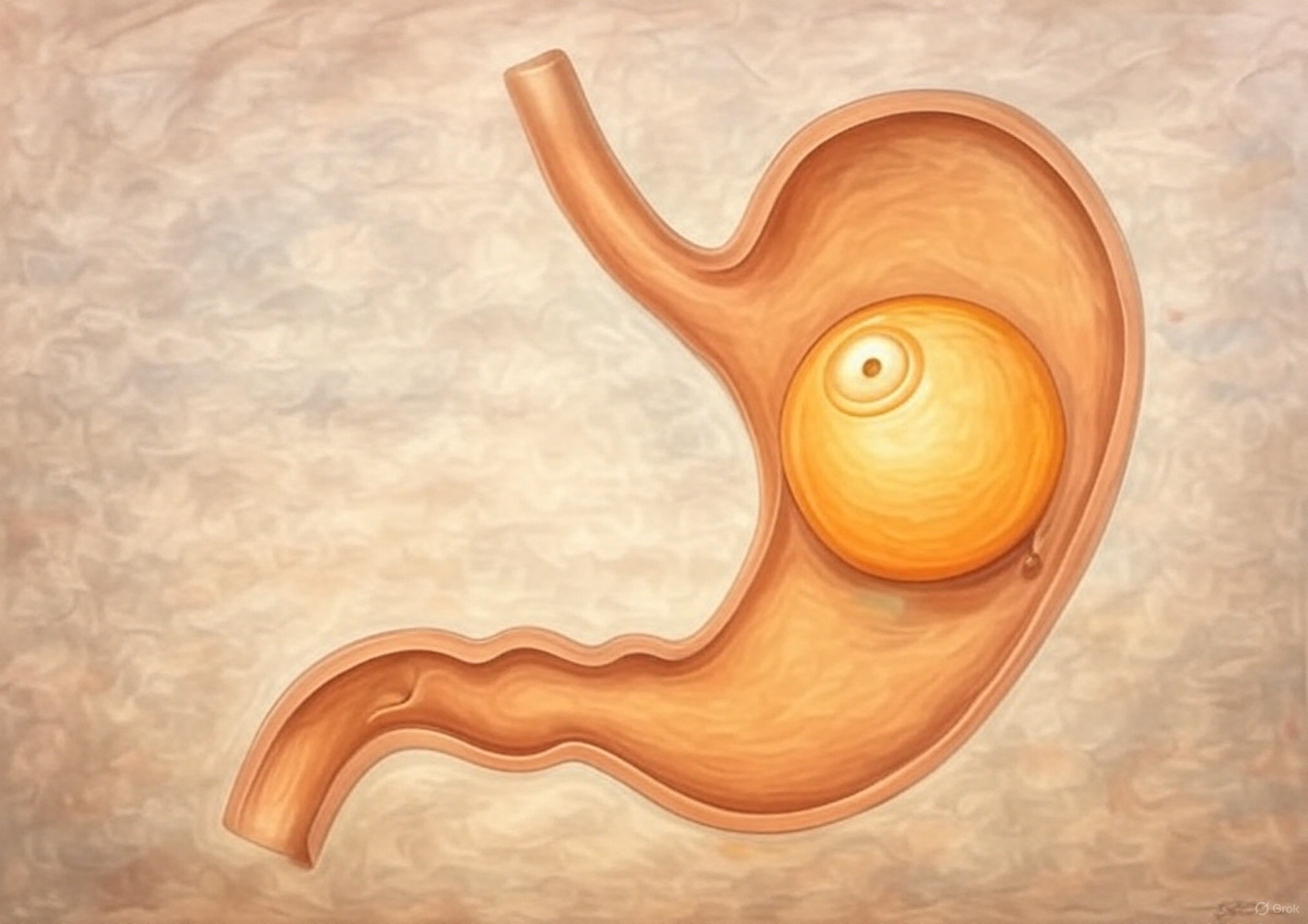What is an Intragastric Balloon?
Welcome to www.intragastric-balloon.com, your trusted source for information on intragastric balloon procedures. If you are struggling with obesity and looking for a non-surgical weight-loss solution, the intragastric balloon may be an effective option. This procedure involves placing a temporary balloon inside the stomach to help control portion sizes and support healthy weight loss.

How Does the Intragastric Balloon Work?
An intragastric balloon is a minimally invasive weight-loss procedure that helps patients feel fuller with smaller amounts of food. The balloon takes up space in the stomach, reducing hunger and promoting portion control. Unlike other bariatric surgeries such as gastric bypass or gastric sleeve surgery, this method does not require permanent alterations to the stomach or digestive system.
The Procedure Explained
The intragastric balloon is placed in the stomach through an endoscopic procedure, which takes approximately 20-30 minutes. The key steps of the procedure include:
- A thin, flexible tube (endoscope) is inserted through the mouth into the stomach.
- A deflated balloon is placed in the stomach.
- Once inside, the balloon is filled with saline or gas to expand and occupy space.
- The balloon remains in the stomach for six months before being removed.
"The intragastric balloon is an excellent non-surgical option for individuals looking to kick-start their weight-loss journey." - Dr. Emily Carter, Bariatric Specialist
Benefits of the Intragastric Balloon
The intragastric balloon has helped many patients achieve significant weight loss and adopt healthier lifestyles. Some of the main benefits include:
- Non-surgical, minimally invasive procedure
- Short recovery time
- Helps establish healthy eating habits
- Can lead to significant weight loss (10-15% of body weight on average)
- Reversible – the balloon is removed after six months
Who is a Good Candidate for an Intragastric Balloon?
The intragastric balloon is ideal for individuals who:
- Have a BMI between 30 and 40
- Have struggled with weight loss through diet and exercise alone
- Are not suitable candidates for gastric bypass or gastric banding
- Are committed to making long-term lifestyle changes
Who Should Not Get an Intragastric Balloon?
This procedure is not suitable for individuals with:
- Severe gastrointestinal disorders
- Previous stomach surgery
- Pregnancy or plans to become pregnant
- Significant psychological or eating disorders
Comparison with Other Weight-Loss Procedures
While the intragastric balloon is an effective tool for weight loss, other procedures may be better suited depending on individual circumstances. Here is how it compares:
Gastric Sleeve Surgery
Unlike the intragastric balloon, a gastric sleeve permanently removes a portion of the stomach, leading to long-term weight loss. It is a more invasive option but offers greater weight loss potential.
Gastric Banding
A gastric band involves placing an adjustable band around the stomach to restrict food intake. Unlike the balloon, the band remains in place permanently unless surgically removed.
Gastric Bypass Surgery
Gastric bypass surgery permanently changes the digestive system by rerouting food directly to the small intestine. It offers the most significant weight loss but comes with higher risks.
What to Expect After an Intragastric Balloon Procedure
Patients typically experience an adjustment period after the balloon is inserted. Some common experiences include:
- Mild nausea and discomfort for the first few days
- Gradual adaptation to smaller portion sizes
- Regular follow-up visits with a healthcare provider
Commitment to Lifestyle Changes
The intragastric balloon is a tool, not a permanent solution. Success depends on the patient’s commitment to maintaining a healthy lifestyle.
"Patients who use the intragastric balloon alongside a proper diet and exercise plan see the best long-term results." - Dr. Sarah Williams, Nutrition Specialist
Potential Risks and Side Effects
Although the procedure is safe, some risks include:
- Stomach discomfort or pain
- Nausea or vomiting
- Balloon deflation or leakage (rare)
- Acid reflux or heartburn
Is the Intragastric Balloon Right for You?
If you are looking for a non-surgical approach to weight loss and are committed to making lifestyle changes, the intragastric balloon may be an excellent option. However, it is essential to consult with a specialist to determine the best path for your health.
Thank you for visiting www.intragastric-balloon.com. We look forward to helping you achieve your weight-loss goals!
The information provided on intragastric-balloon.com is intended for general informational purposes and should not be considered a substitute for professional medical advice, examination, diagnosis, or treatment by a qualified healthcare provider. The content on intragastric-balloon.com is not intended for use in self-diagnosis or self-treatment. For more information see the detailed disclaimer.
